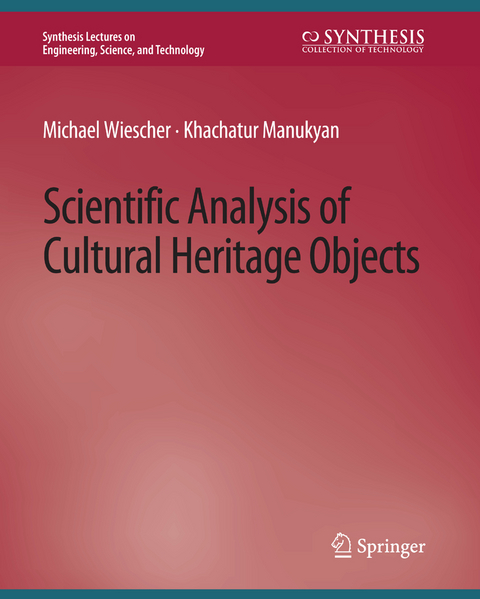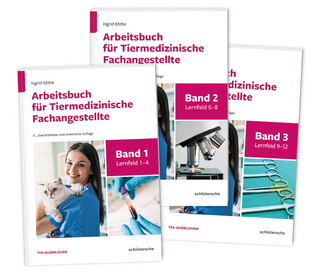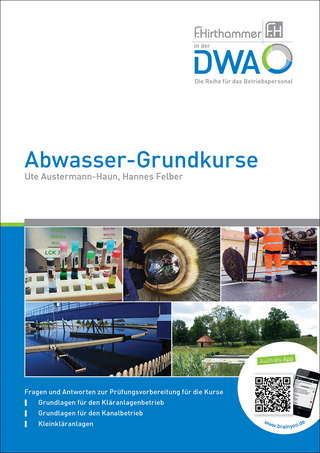
Scientific Analysis of Cultural Heritage Objects
Springer International Publishing (Verlag)
978-3-031-00959-4 (ISBN)
The characterization of cultural heritage objects becomes increasingly important for conservation, restoration, dating, and authentication purposes. The use of scientific methods in archaeometry and conservation science has led to a significant broadening of the field. Scientific analysis of these objects is a challenging task due to their complex composition, artistic and historical values requiring the use of minimally invasive and nondestructive analytical procedures. This textbook summarizes scientific methods that are currently used to characterize objects of cultural heritage and archaeological artifacts.
This book provides a brief description of the structure of matter at the molecular, atomic, and nuclear levels. Furthermore, it discusses the chemical and physical nature of materials from the molecular to the atomic and nuclear level as determined by the principles of quantum mechanics. Important aspects of natural and anthropogenic radioactivity that play a criticalrole for some of the analytical techniques are also emphasized. The textbook also provides principals and applications of spectroscopic methods for characterization of cultural heritage objects. It describes the technologies with specific examples for utilization of spectroscopic techniques in the characterization of paintings, books, coins, ceramics, and other objects. Analytic approaches that employ isotopes and determination of isotope ratios will be reviewed. General principles of imaging techniques and specific examples for utilization of these methods will also be summarized. In the later part of the book, a number of scientific techniques for the age determination of cultural heritage material and archaeological artifacts will be presented and discussed with specific examples.
Michael Wiescher is the Freimann Professor of Physics and the Director of the Nuclear Science Laboratory at the University of Notre Dame. He received his Ph.D. at the Universityof Muenster in 1980. After several years as postdoc and lecturer at Ohio State University, the University of Mainz, Germany, and Caltech, he accepted in 1986 a faculty position at the University of Notre Dame, where he developed a program in nuclear astrophysics using stable and radioactive beams. Dr. Wiescher's research interests are in low energy nuclear physics,with focus on nuclear astrophysics and nuclear applications. The analysis of objects of cultural heritage is such an application of nuclear science. His research is being pursued mainly at the Notre Dame Nuclear Science Laboratory, the CASPAR deep underground accelerator at the Sanford Underground Research Facility in South Dakota, and at several other national and international research institutions. He has published about 400 scientific and review papers and has served on the organizing and advisory committees of nearly 80 national and international conferences. Dr. Wiescher is a Fellow of the American Physical Society and the American Association of the Advancement of Science. In 2003, he was awarded the Hans Bethe Prize in Nuclear Physics and Astrophysics of the American Physical Society and in 2018 he received the Laboratory Astrophysics Award of the American Astronomical Society.Khachatur Manukyan received his Ph.D. in Chemistry from Yerevan State University (YSU, Armenia) in 2006. He remained at YSU for several years as a lecturer and was also visiting scientist at the Institute of Chemical Physics, National Academy of Sciences (Armenia), before moving to the Department of Chemical and Biomolecular Engineering, University of Notre Dame. In 2013, he joined the Nuclear Science Laboratory at the Department of Physics of the University of Notre Dame as a Research Associate and is currently Research Assistant Professor. Dr. Manukyan's research centers on investigating the different aspects of creating nanoscale materials for applications ranging from energy storage to nuclear astrophysics. Current research topics include materials for nuclear physics and energy applications. He is also actively investigating historical materials such as ancient alloys, cellulose fibers, and pigments in medieval manuscripts. He has published over 80 research articles, invited review papers, and holds several patents in these areas. He has organized professional meetings and currently serves as an editor of the International Journal of Self-Propagating High-Temperature Synthesis. Dr. Manukyan is a recipient of the Presidential Prize and Gold Medal of Republic of Armenia in the Field of Natural Sciences (2009), a Fulbright Scholarship Award (2010), and a Best Electron Microscopy Publication Award of Notre Dame Integrated Imaging Facility (2013).
Preface.- Acknowledgments.- Science for Cultural Heritage.- Spectroscopy.- Isotope Analysis Techniques.- Imaging Techniques.- Archaeological Dating.- Summary and Outlook.- Authors' Biographies.
| Erscheinungsdatum | 06.06.2022 |
|---|---|
| Reihe/Serie | Synthesis Lectures on Engineering, Science, and Technology |
| Zusatzinfo | XVII, 228 p. |
| Verlagsort | Cham |
| Sprache | englisch |
| Maße | 191 x 235 mm |
| Gewicht | 474 g |
| Themenwelt | Sozialwissenschaften ► Pädagogik ► Berufspädagogik |
| Technik ► Maschinenbau | |
| ISBN-10 | 3-031-00959-2 / 3031009592 |
| ISBN-13 | 978-3-031-00959-4 / 9783031009594 |
| Zustand | Neuware |
| Informationen gemäß Produktsicherheitsverordnung (GPSR) | |
| Haben Sie eine Frage zum Produkt? |
aus dem Bereich


